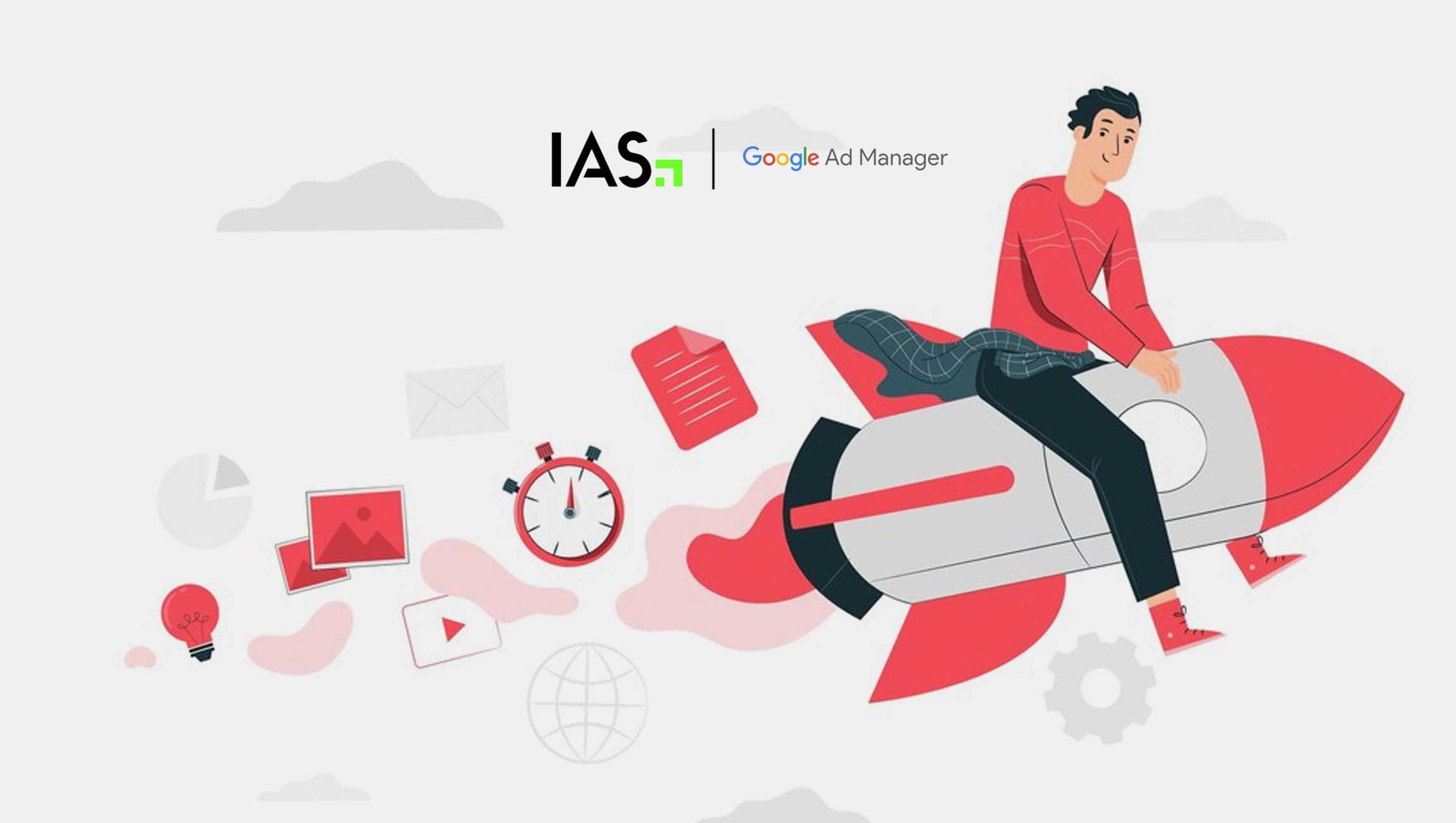In today’s competitive marketplace, B2B targeted ad campaigns have become indispensable for businesses seeking to connect with their specific audience effectively. Leveraging data-driven insights, these campaigns enable companies to deliver tailored messages to niche segments, ensuring higher engagement and conversion rates.
By focusing on the unique needs and behaviors of their target market, businesses can craft more impactful and efficient advertising strategies. This precision not only optimizes marketing spend but also fosters stronger, more meaningful connections with potential clients.
As we delve into the nuanced world of targeted advertising, understanding its growing importance is key for B2B advertisers aiming to make a mark in their respective industries.
Who are the primary targets of business-to-business B2B marketers?
Identifying the right targets is a critical step for B2B marketers, as it lays the foundation for effective and successful marketing strategies. In the realm of B2B marketing, understanding who the primary targets are and how to pinpoint them is key to campaign success.
1. Decision-Makers in Organizations:
B2B marketers often target individuals who have the authority to make purchasing decisions. These include executives, managers, and department heads who can influence or authorize business transactions.
2. Businesses in Specific Industries:
Marketers identify target businesses within certain industries that are most likely to benefit from their products or services. This involves analyzing industry trends and demands to pinpoint potential clients.
3. Companies with Specific Needs:
Identifying businesses with specific challenges or needs that the marketer’s product or service can address is crucial. This involves understanding pain points and how their offerings can provide solutions.
4. Businesses of a Certain Size:
B2B marketers target companies based on their size, such as small and medium enterprises (SMEs) or large corporations, depending on the product’s applicability and scalability.
5. Geographical Location:
Targeting is often done based on geographical location, focusing on regions where there is a higher demand for the marketer’s products or services or where there’s less competition.
Marketing Technology News: MarTech Interview with Heather Macaulay, President @ MadTech
Mastering B2B Advertising: A Comprehensive Guide to Essential Factors
In the intricate world of B2B advertising, success hinges on a deep understanding of various key factors. These elements are pivotal in crafting campaigns that resonate with targeted business audiences. As we explore these crucial factors, B2B advertisers can gain insights to enhance the effectiveness and relevance of their ad campaigns.
1. Understanding the Target Audience:
This involves diving deep into the demographics, professional roles, and industry-specific challenges of your potential clients. Engage in thorough market research to comprehend their unique needs, preferences, and decision-making processes.
2. Clear Value Proposition:
Develop a compelling narrative that clearly articulates the unique benefits of your product or service. This should not just be a list of features but a story that connects with the specific challenges and goals of your target audience, highlighting how your offering can help them succeed.
3. Data-Driven Insights:
Embrace a data-centric approach by analyzing customer behavior, market trends, and competitive landscapes. This involves not just collecting data but intelligently interpreting it to uncover actionable insights that can inform more targeted and impactful marketing strategies.
4. Consistent Brand Messaging:
Craft a cohesive brand narrative that is consistent across all marketing channels and touchpoints. This consistency helps in building a strong brand identity, making your business easily recognizable and trustworthy in the eyes of your target audience.
5. Leveraging the Right Channels:
Identifying and utilizing the most effective channels is key. This could range from digital platforms like LinkedIn or industry-specific forums to traditional methods like trade shows or direct mail. The goal is to be where your audience is most active and engaged.
6. Personalization:
Personalization goes beyond just addressing the recipient by name. It’s about creating content that speaks directly to the unique needs and interests of each segment of your audience, thereby increasing the relevance and impact of your messaging.
7. Content Quality:
High-quality, informative content is essential. This could be in the form of in-depth blogs, whitepapers, or case studies that not only inform but also position your brand as a thought leader and a credible source of industry knowledge.
8. Customer Journey Mapping:
Map out the customer journey, understanding each stage from awareness to decision-making. Tailor your advertising to be relevant and engaging at each stage, guiding potential clients smoothly toward a purchase decision.
9. ROI Measurement:
Develop a robust framework for measuring the success of your campaigns. Use key performance indicators (KPIs) to track progress and ROI, ensuring that you have a clear understanding of what works and what needs improvement.
10. Adaptability and Evolution:
The B2B market is dynamic, and staying agile is crucial. Be ready to adapt your strategies in response to new market trends, technological advancements, and feedback from your audience.
Conclusion
The road ahead for B2B advertisers is paved with opportunities for innovation and growth. As the landscape evolves, staying abreast of emerging technologies, adapting to shifting market dynamics, and maintaining a deep understanding of target audiences will be crucial. Embracing data-driven strategies, personalized content, and agile methodologies will distinguish successful campaigns. The future demands a balance between technological advancement and human-centric approaches, ensuring campaigns are not only efficient but also resonate deeply with business clients.
Marketing Technology News: What is Retail Media; Defining The Latest Retail Media Trends











